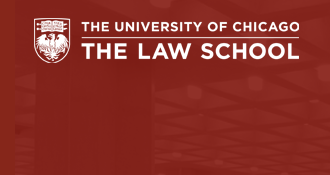
Coase-Sandor Working Paper Series in Law and Economics
Publication Date
2004
Publication Title
Law & Economics Working Papers
Abstract
What role do hierarchies play with respect to the organization of production and what determines their structure? We develop an equilibrium model of hierarchical organization, then provide empirical evidence using confidential data on thousands of law offices from the 1992 Census of Services. The driving force in the model is increasing returns in the utilization of acquired knowledge. We show how the equilibrium assignment of individuals to hierarchical positions varies with the degree to which their human capital is field-specialized, then show how this equilibrium changes with the extent of the market. We find empirical evidence consistent with a central proposition of the model: the share of lawyers that work in hierarchies and the ratio of associates to partners increases as market size increases and lawyers field-specialize. Other results provide evidence against alternative interpretations that emphasize unobserved differences in the distribution of demand or "firm size effects," and lend additional support to the view that a role hierarchies play in legal services is to help exploit increasing returns associated with the utilization of human capital.
Number
214
Recommended Citation
Thomas N. Hubbard & Luis Garicano, "Hierarchies, Specialization, and the Utilization of Knowledge: Theory and Evidence from the Legal Services Industry" (John M. Olin Program in Law and Economics Working Paper No. 214, 2004).


Additional Information
Chicago Unbound includes both works in progress and final versions of articles. Please be aware that a more recent version of this article may be available on Chicago Unbound, SSRN or elsewhere.